What is Urban Exploration ?

Do you like to explore uncommon places? Do you like to step outside of your comfort zone to discover something new? Well, urban exploration also know as “Urbex” could be something that you wanna try. Let’s dive in.
Table of Contents
ToggleUrban exploration is not just a simple pastime; it’s a journey into the heart of the city’s forgotten realms. It could be done while traveling or even in your own city.
It’s about traversing through the remnants of history, wandering into abandoned buildings and factories, and uncovering the beauty in decay that most people never get to see.
This article will guide you through the labyrinth of urban exploration, revealing why these neglected and unseen parts of the city allure adventurers and the curious alike.
We will explore the historical evolution of urbex, its cultural significance, and the community that finds solace and excitement in these uncharted urban territories.
So, grab your flashlight and your sense of adventure, as we embark on an exploratory journey into the intriguing world of urban exploration.
It’s a path less traveled, where every turn and every abandoned doorway holds a story waiting to be discovered. Welcome to the hidden side of the city, a place where the past and present intertwine in fascinating and mysterious ways.
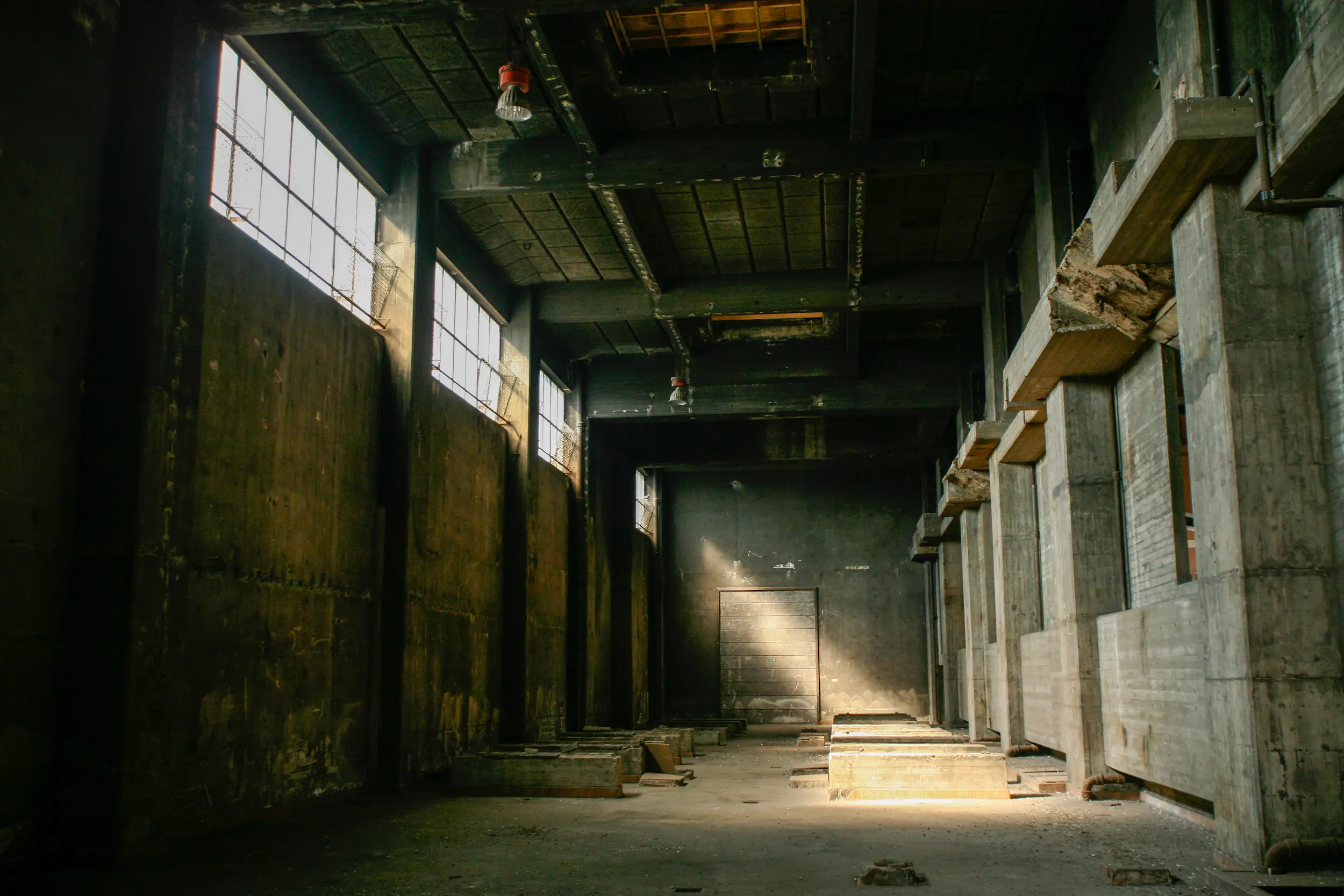
The Essence of Urban Exploration
Urban exploration, or ‘urbex’, is a term that captures the essence of venturing into places that are typically forgotten or off-limits in the urban landscape. But what exactly is urban exploration?
1. The Essence of Urbex
At its core, it’s the exploration of man-made structures, usually abandoned ruins or not usually seen components of the man-made environment. This includes, but is not limited to, exploring abandoned buildings, accessing rooftop views, venturing into storm drains or catacombs, and even visiting off-limits areas of active buildings.
2. Historical Roots of Urbex
Historically, urban exploration has roots that can be traced back to the early days of urban development when curious individuals sought to understand the evolving landscapes around them. It has since evolved into a more organized and widely recognized hobby, characterized by a unique blend of curiosity, adventure, and respect for history and architecture.
3. The Drive of Urban Explorers
Urban explorers are often driven by a desire to witness the unseen and unappreciated parts of urban environments, documenting and experiencing places that have been left behind in the wake of progress and time.
4. Adventure and Discovery
The key elements of urban exploration include a sense of adventure and discovery. It’s about seeing the unseen and uncovering the layers of stories and history hidden within urban decay. These explorations are often tinged with a sense of nostalgia and a desire to preserve memories of the past, even if only through photographs and stories.
5. Documenting the Forgotten
Urban exploration also often involves the documentation of these explorations through photography or video. This aspect of urbex not only serves as a personal memento for the explorers but also as a way to share these hidden treasures with a broader audience, revealing a side of urban environments that is rarely seen.
6. Challenges and Controversies
However, urban exploration is not without its challenges and controversies. It often involves accessing places that are legally off-limits or potentially unsafe. This raises questions about the legality and ethics of such explorations, which we will delve into in later sections of this article.
7. In a nutshell
In summary, urban exploration is a multifaceted hobby that combines history, adventure, and a unique appreciation for the architectural and cultural narratives of forgotten spaces. It’s a journey into the hidden, often ignored parts of our cities, uncovering the stories and beauty that lie within decay and abandonment. As we continue to explore the intricacies of this fascinating activity, we find that urbex is more than just a hobby; it’s a way of connecting with the past, understanding the present, and contemplating the future of our urban landscapes.
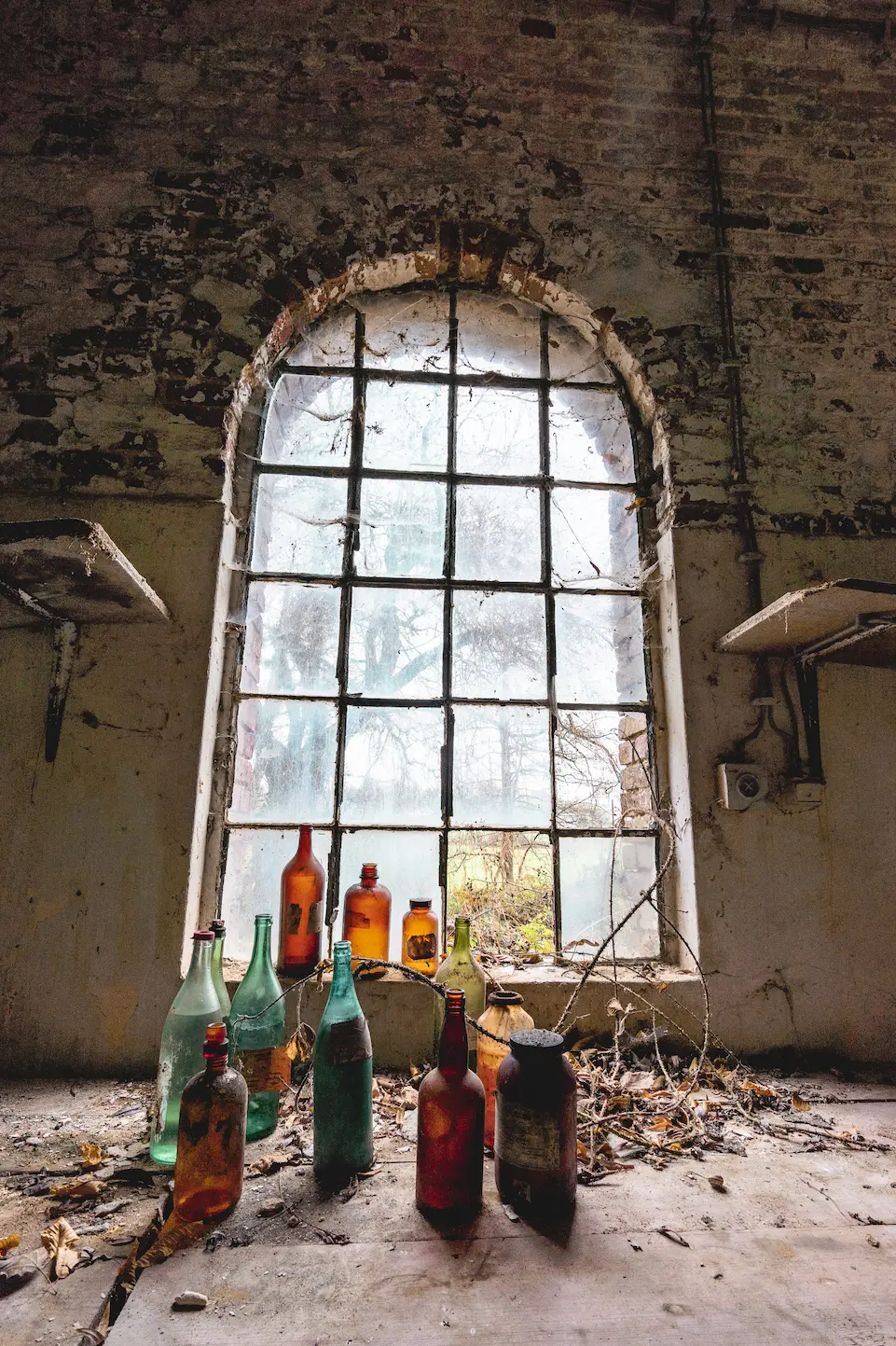

The Lure of the Abandoned
The lure of the abandoned is a central theme in urban exploration. But what draws urban explorers to these neglected and often decrepit places? The answer lies in a combination of factors: the thrill of discovery, the beauty of decay, and the stories embedded in these forgotten spaces.
1. Thrill of Discovery:
For many urban explorers, the excitement lies in uncovering places that have been left untouched and unseen by the majority. Each abandoned building or tunnel is like a time capsule, offering a glimpse into a past era. The thrill is in the journey – navigating through obscured entrances, traversing dark corridors, and finally discovering spaces that feel frozen in time.
2. Beauty in Decay:
There’s a unique aesthetic to abandoned places that fascinates urbex enthusiasts. Peeling paint, rusting machinery, and overgrown courtyards are seen not as signs of neglect, but as a natural reclamation of human-made structures by nature. This beauty in decay is often captured in the photographs of urban explorers, showcasing a different perspective of beauty – one that finds elegance in the entropic process.
3. Stories and Histories:
Abandoned places are rich in stories. Each crack in the wall or item left behind tells a story about the people who once inhabited these spaces. Urban explorers often feel like detectives, piecing together the history of a place through its remnants. This can be especially poignant in buildings like old hospitals, schools, or factories, where personal and collective histories intersect.
4. Escaping the Mundane:
In a world where much of life is routine and predictable, urbex offers an escape into the unknown. It’s a break from the mundanity of everyday life, offering a sense of adventure and exploration that is often lacking in modern urban living.
5. Sense of Community found in Urban Exploration:
While urban exploration is often done in small groups or even solo, there is a strong sense of community within the urbex world. Explorers share tips, stories, and photographs, often forming bonds over their shared passion. This community is not just local but global, with explorers connecting with each other from all corners of the world.
In essence, the lure of the abandoned is a complex mix of aesthetic appreciation, historical curiosity, thrill-seeking, and a desire for connection – both to the past and to like-minded individuals. It’s these elements that make urban exploration a continually growing phenomenon, attracting a diverse range of people who all share a fascination with the forgotten parts of our urban environments.
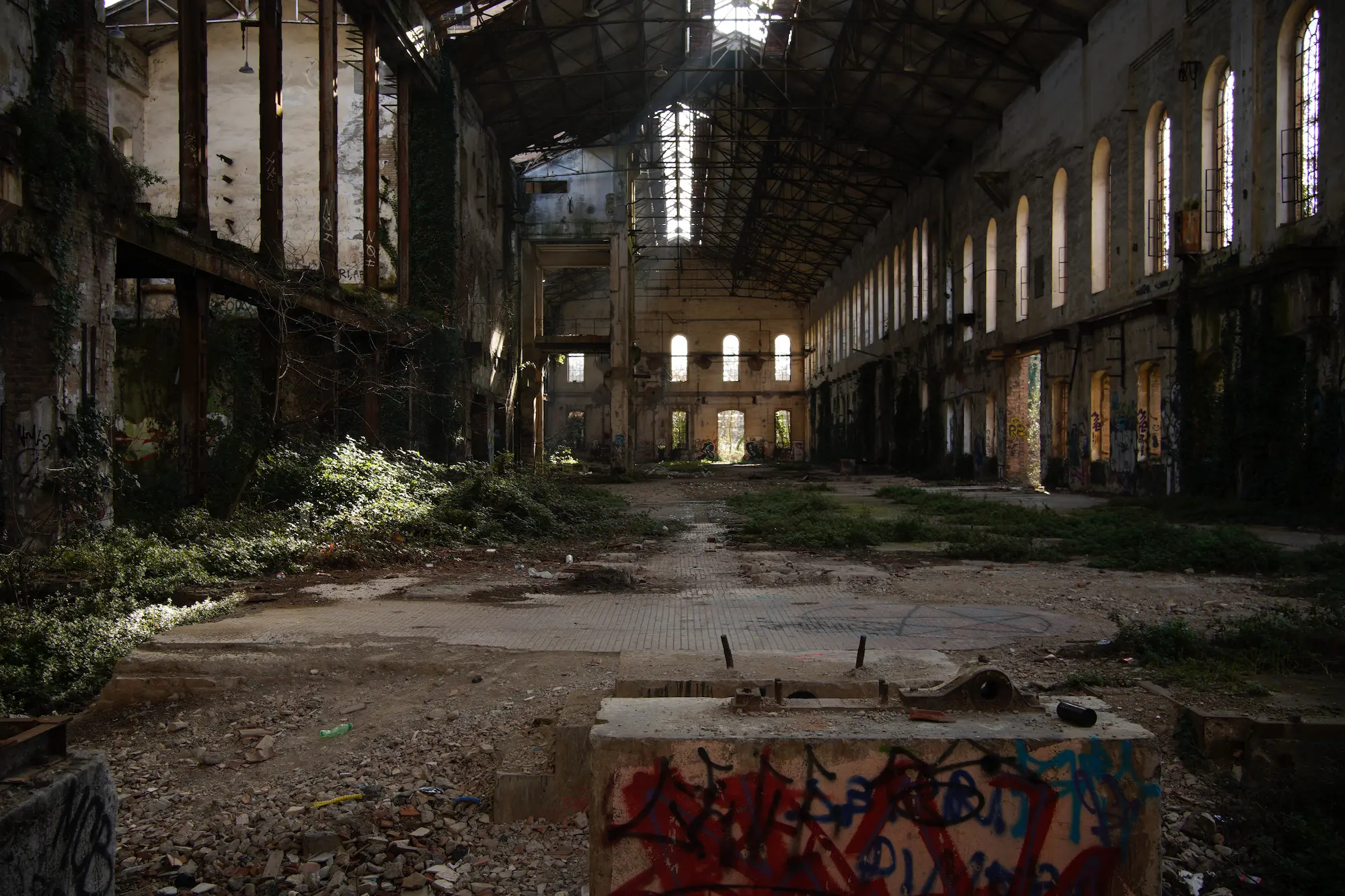
Legal and Safety Considerations of Urban Exploration
Urban exploration, while intriguing and often exhilarating, comes with its own set of legal and safety challenges. It’s crucial for anyone interested in urbex to be aware of these aspects to ensure responsible and safe exploration.
1. Legal Considerations:
One of the primary concerns in urban exploration is the legality of accessing certain spaces. Many abandoned or unvisited areas are private property, and entering them without permission is considered trespassing. In some cases, buildings might be government-owned or protected heritage sites, where access is strictly regulated. Urban explorers should always research the legal status of a location before attempting to explore it and respect private property and local laws.
2. Safety Risks of Urban Exploration:
Abandoned buildings and structures can be hazardous. Risks include unstable floors, exposed wiring, hazardous materials like asbestos, and the potential presence of squatters or wildlife. Before embarking on an exploration, it’s crucial to be prepared for these dangers. This preparation includes wearing appropriate clothing (like sturdy boots and protective gloves), using a respirator if needed, and never exploring alone. It’s also wise to inform someone about your plans and expected return time.
3. Mitigating Risks:
To minimize risks, seasoned urban explorers recommend thorough planning. This includes studying maps of the area, understanding the layout of the place, and being aware of possible exit routes in case of emergencies. Carrying a basic first aid kit, flashlight, and a charged phone is also essential.
4. Ethical Exploration:
Responsible urban exploration involves leaving no trace of your visit. This means not vandalizing, stealing, or causing any damage to the properties explored. The urbex community often follows the adage: “Take nothing but photographs, leave nothing but footprints.”
5. Respecting Boundaries:
While the thrill of discovery is a significant part of urbex, respecting boundaries, both legal and ethical, is paramount. If a location seems too dangerous or is clearly marked as off-limits, it’s best to err on the side of caution and not proceed.
6. Learning from the Community:
For beginners, it’s beneficial to connect with experienced urban explorers. They can offer valuable advice on both safety and legal aspects. Many urbex communities exist online where newcomers can learn from others’ experiences and even find mentors.
Urban exploration requires a balance between the excitement of exploration and the practicalities of safety and legality. By being informed, prepared, and respectful, urban explorers can enjoy their adventures while minimizing risks to themselves and the places they visit.
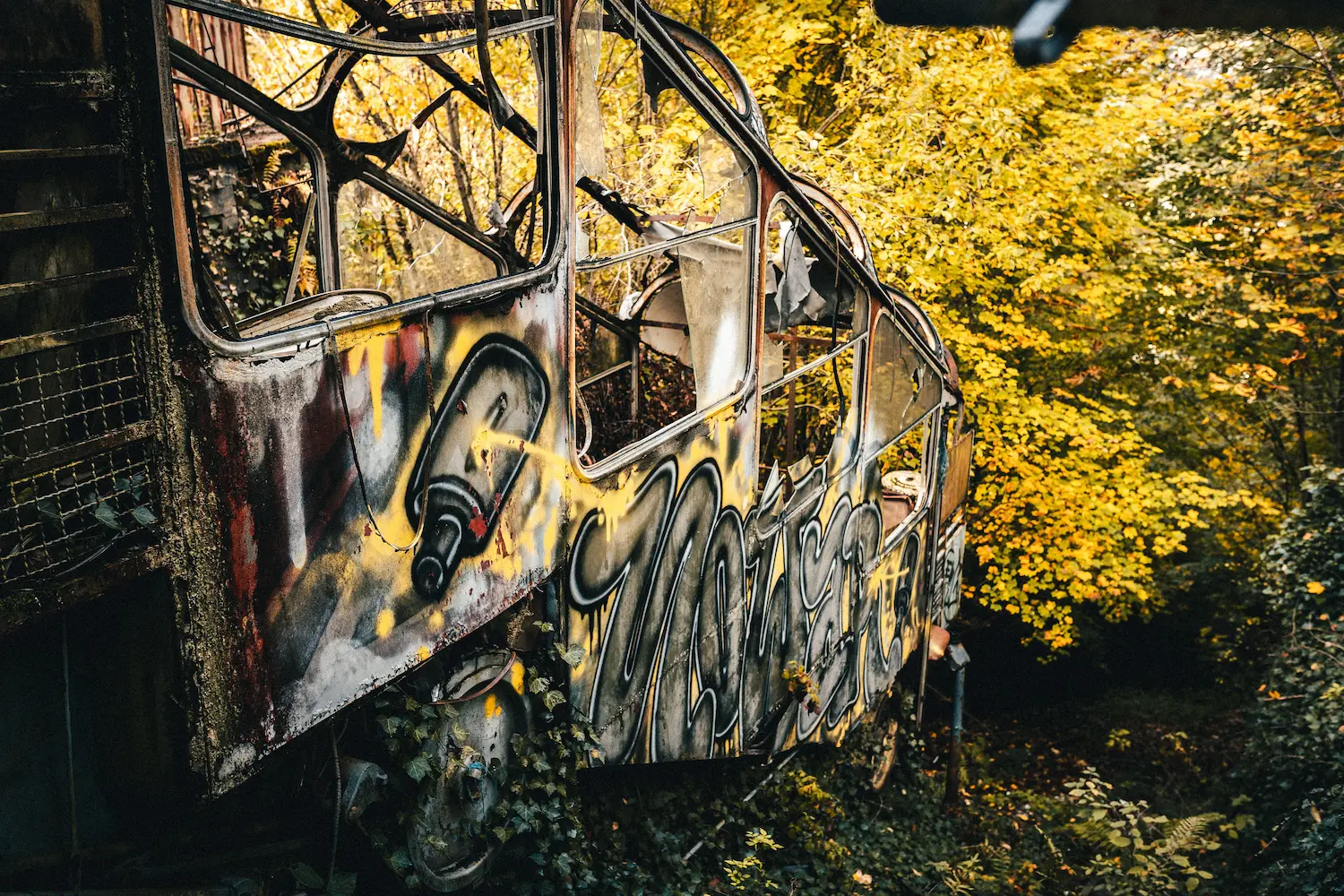
Urban Exploration Culture and Community
The culture and community surrounding urban exploration are as rich and diverse as the sites explored by its enthusiasts. This section delves into the unique aspects of the urbex community, its values, and how it operates within and beyond the confines of the actual exploration.
1. A Shared Passion for Exploration:
At the heart of the urban exploration community is a shared passion for discovering and documenting the forgotten and hidden parts of urban environments. This shared interest often leads to the formation of tight-knit groups or networks, where individuals exchange tips, stories, and locations, albeit sometimes in a secretive manner to preserve the integrity of the sites.
2. Documentation and Storytelling:
Urban explorers are often also storytellers and documentarians. Photography plays a significant role in urbex, with explorers taking great care to capture the essence of the places they visit. These photos and videos often find their way to social media platforms, blogs, and even exhibitions, serving as a window into these hidden worlds for the broader public.
3. Respect for History and Architecture:
A deep respect for history and architecture is a common trait among urban explorers. Many are driven by the desire to document and preserve the memory of places that are in danger of being forgotten or demolished. This respect also translates into a strong emphasis on ethical exploration, avoiding any actions that could damage the sites.
4. Community Norms and Secrecy:
The urbex community is often characterized by a culture of secrecy. The locations of specific sites are closely guarded to prevent vandalism and preserve the site’s integrity. This secrecy also serves to protect the community, as sharing information about certain locations can lead to increased scrutiny and legal issues.
5. Collaboration and Mentorship:
Collaboration is another crucial aspect of the urbex community. More experienced explorers often mentor newcomers, teaching them about the technical aspects of exploration, such as navigation and photography, as well as the importance of safety and ethical behavior.
6. The Global Urbex Network:
Urban exploration is a global phenomenon
, with communities and enthusiasts spanning across continents. Through online forums, social media platforms, and international meet-ups, urban explorers share experiences, stories, and techniques, creating a rich, global tapestry of exploration and discovery. This global network not only fosters a sense of unity among explorers but also allows for the exchange of cultural perspectives on urban decay and preservation.
7. Challenges and the Future of Urbex:
As urban exploration gains more mainstream attention, the community faces challenges such as increased legal restrictions and the risk of commercialization. There is an ongoing conversation within the community about how to maintain the spirit of urbex while adapting to these evolving circumstances.
8. Diversity and Inclusivity:
Recently, there’s been a growing emphasis on diversity and inclusivity within the urbex community. This includes encouraging explorers from various backgrounds to share their perspectives and experiences, thereby enriching the community’s understanding and appreciation of urban environments worldwide.
In conclusion, the urban exploration culture and community are dynamic and continually evolving.
Rooted in a shared passion for the forgotten and unseen, this community not only explores abandoned spaces but also preserves the stories and memories of these places.
As urban exploration continues to grow, its community remains the beating heart, driving the ethos and evolution of this fascinating pursuit.
Whether through collaborative explorations, shared documentation, or respectful engagement with the past, urban explorers contribute to a unique and vibrant subculture that highlights the beauty and history hidden in the shadows of our urban landscapes.
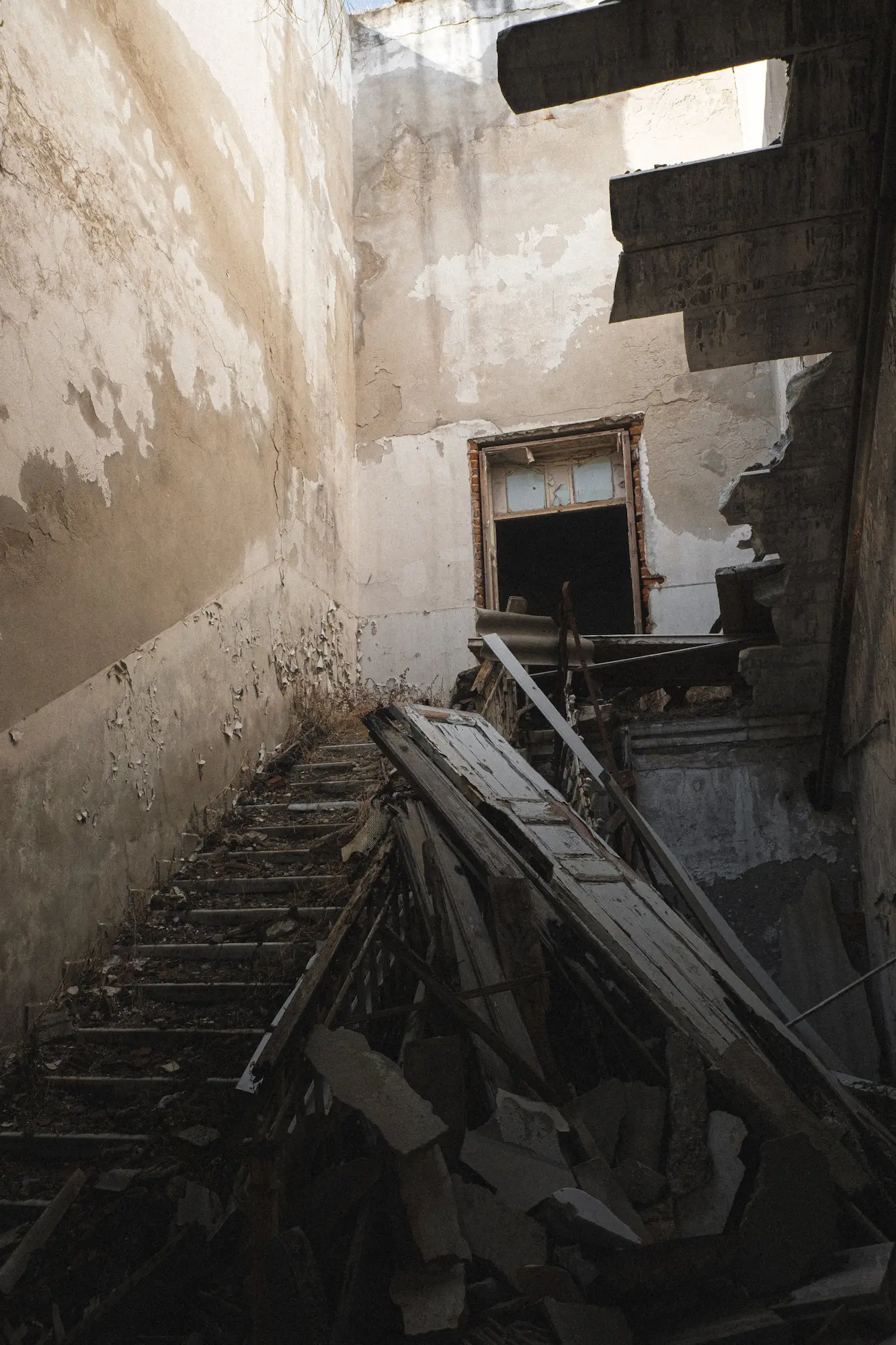
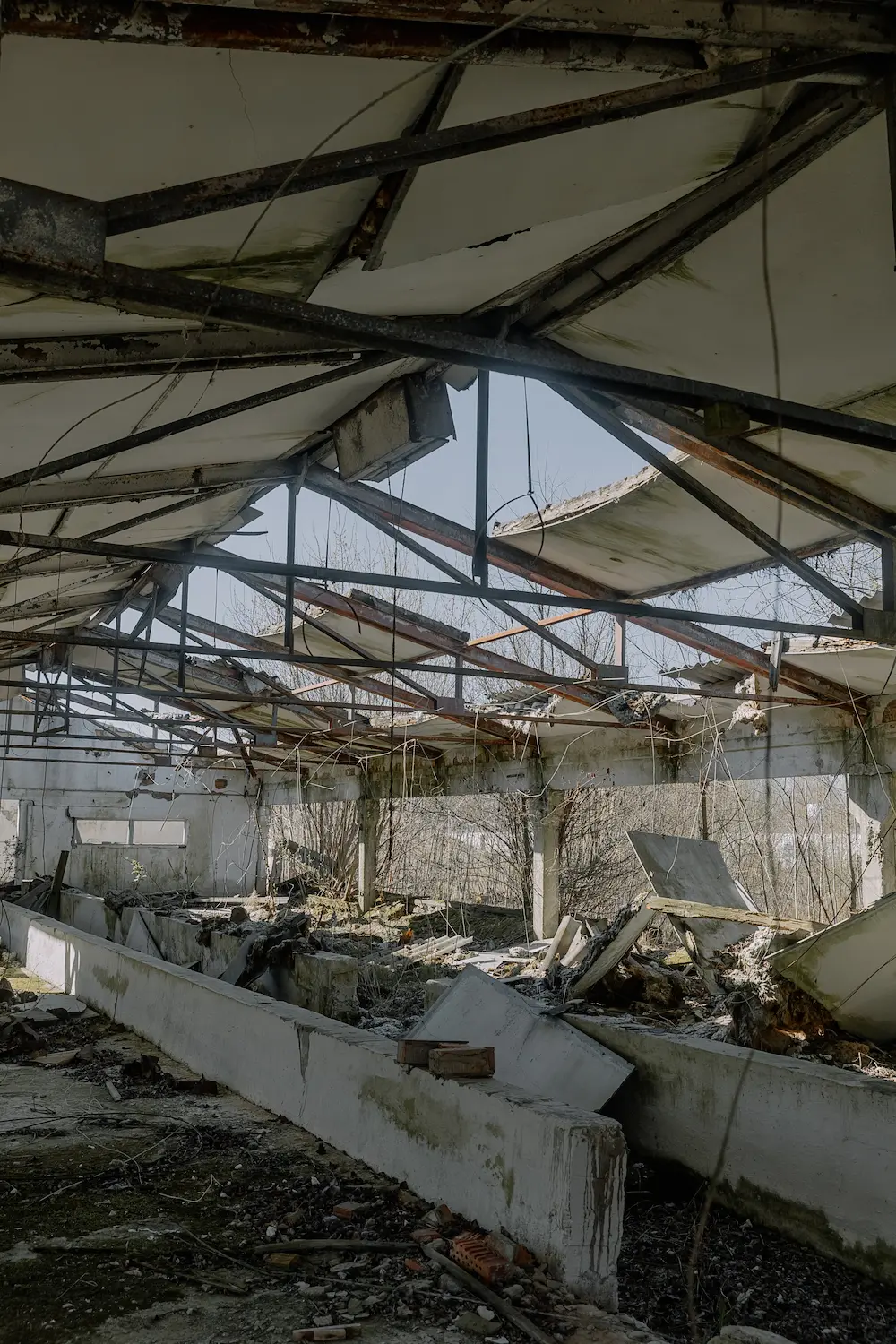
Ethical and Environmental Impact
The practice of urban exploration, while adventurous and enlightening, also raises important ethical and environmental considerations. As explorers navigate through abandoned and often fragile environments, the impact of their presence and activities is a subject that warrants careful reflection.
1. Ethical Considerations:
The fundamental ethos of urban exploration is often summarized by the phrase, “Take only pictures, leave only footprints.” This means respecting the sites and their histories, avoiding any form of vandalism, theft, or disturbance. It’s about preserving the integrity of these spaces for future explorers and respecting the memories embedded in them. Ethical explorers also respect the legal boundaries and private property rights, understanding that some places are off-limits for important reasons.
2. Environmental Impact of Urban Exploration:
Many abandoned sites are in a state of natural decay, which can be exacerbated by human activity. Explorers must be conscious of their environmental impact, ensuring they do not contribute to the further degradation of these spaces. This includes being mindful of natural habitats that may have developed in these abandoned areas and avoiding disturbing wildlife or plant life.
3. Advocacy and Awareness:
Urban explorers often find themselves in a unique position to advocate for the preservation of historical sites and raise awareness about the cultural value of abandoned spaces. Through their documentation and storytelling, they can highlight the need for conservation efforts or adaptive reuse of these spaces, turning them into valuable community resources instead of letting them decay unnoticed.
4. Cultural Sensitivity:
Many abandoned sites have cultural, historical, or emotional significance. Urban explorers must approach these places with sensitivity and respect, understanding the stories and communities connected to them. This involves researching the history of the sites and being mindful of how they document and share their experiences.
5. Educating the Public:
By sharing their experiences and insights, urban explorers can play a role in educating the public about urban decay, historical preservation, and the importance of respecting abandoned spaces. This education can help in shifting public perception from seeing these spaces as mere eyesores or hotspots for illegal activities to recognizing them as integral parts of urban history and culture.
6. Balancing Exploration with Preservation:
The ultimate challenge for the urbex community is finding a balance between the thrill of exploration and the need for preservation. Responsible exploration involves not only enjoying the adventure but also contributing to the safeguarding of these spaces for future generations.
In summary, the ethical and environmental impact of urban exploration is a complex and critical aspect of the activity.
Explorers must navigate these considerations with responsibility and care, ensuring that their passion for exploration goes hand in hand with respect and preservation of the urban environments they delve into.
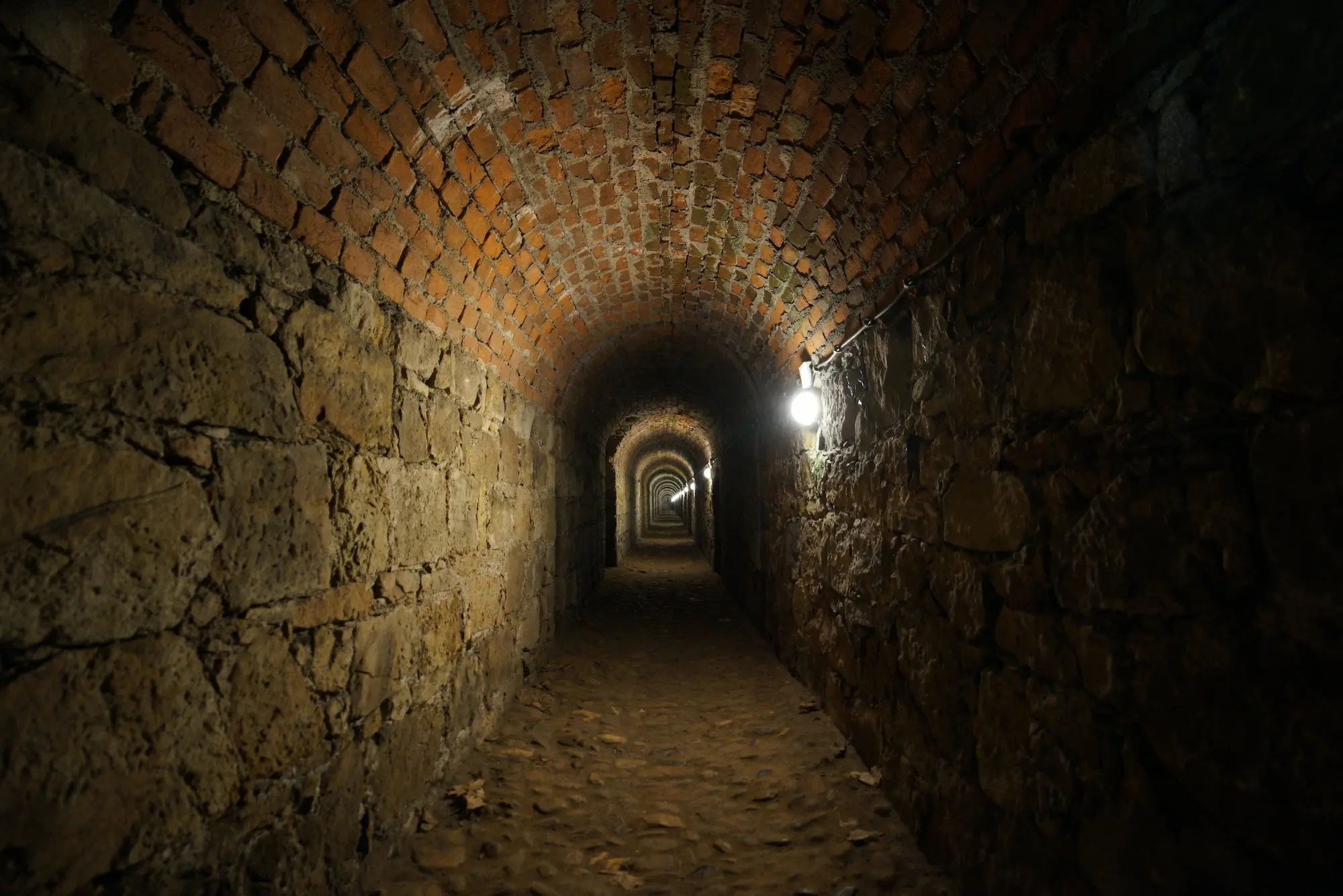
How to Get Started with Urban Exploration?
For those intrigued by the world of urban exploration and keen to start their own journey, it’s important to approach this activity with preparation and respect for its principles. Here are some essential tips and guidelines for beginners:
1. Understanding the Basics:
Begin by familiarizing yourself with the basics of urban exploration. This includes understanding what urban exploration entails, its history, the common types of locations explored, and the general ethos of the urbex community.
2. Research and Learn:
There’s a wealth of information available online, including forums, websites, and social media groups dedicated to urban exploration. Engaging with these resources can provide valuable insights, tips, and advice from experienced explorers.
3. Start Locally:
Begin your exploration in your local area. There are often many overlooked or forgotten places in one’s own city. Starting locally helps you gain experience and understand the nuances of urban exploration in a familiar environment.
4. Safety First:
Always prioritize your safety. This means never exploring alone, informing someone about your exploration plans, carrying a basic safety kit, and wearing appropriate attire, including sturdy footwear and protective gloves. Also, be prepared for potential hazards like unstable structures or hazardous materials.
5. Legal Awareness:
Be aware of the legal aspects of urban exploration. Research the locations to ensure you are not trespassing or breaking any laws. Respect private property and understand the risks involved.
6. Connect with the Community:
Try to connect with local urban exploration communities or groups. They can offer guidance, share experiences, and sometimes even organize group explorations, which can be a safer way to start.
7. Respectful Exploration:
Remember the urbex adage: “Take only pictures, leave only footprints.” Respect the sites you visit, avoid vandalism and disturbance, and leave the place as you found it.
8. Document Your Explorations:
Consider documenting your explorations through photography or writing. This not only serves as a personal record but also contributes to the broader urbex community.
9. Develop Skills:
As you gain more experience, you can start developing skills that are useful in urban exploration, such as photography, historical research, and even basic first aid.
10. Enjoy the Journey:
Finally, remember that urban exploration is as much about the journey as it is about the destination. Enjoy the process of discovering and learning as you delve into the world of urbex.
Starting in urban exploration is an exciting venture. With the right approach, respect for the ethos of the community, and an emphasis on safety and legality, it can be a deeply rewarding experience that opens up a new perspective on the urban landscapes around us.
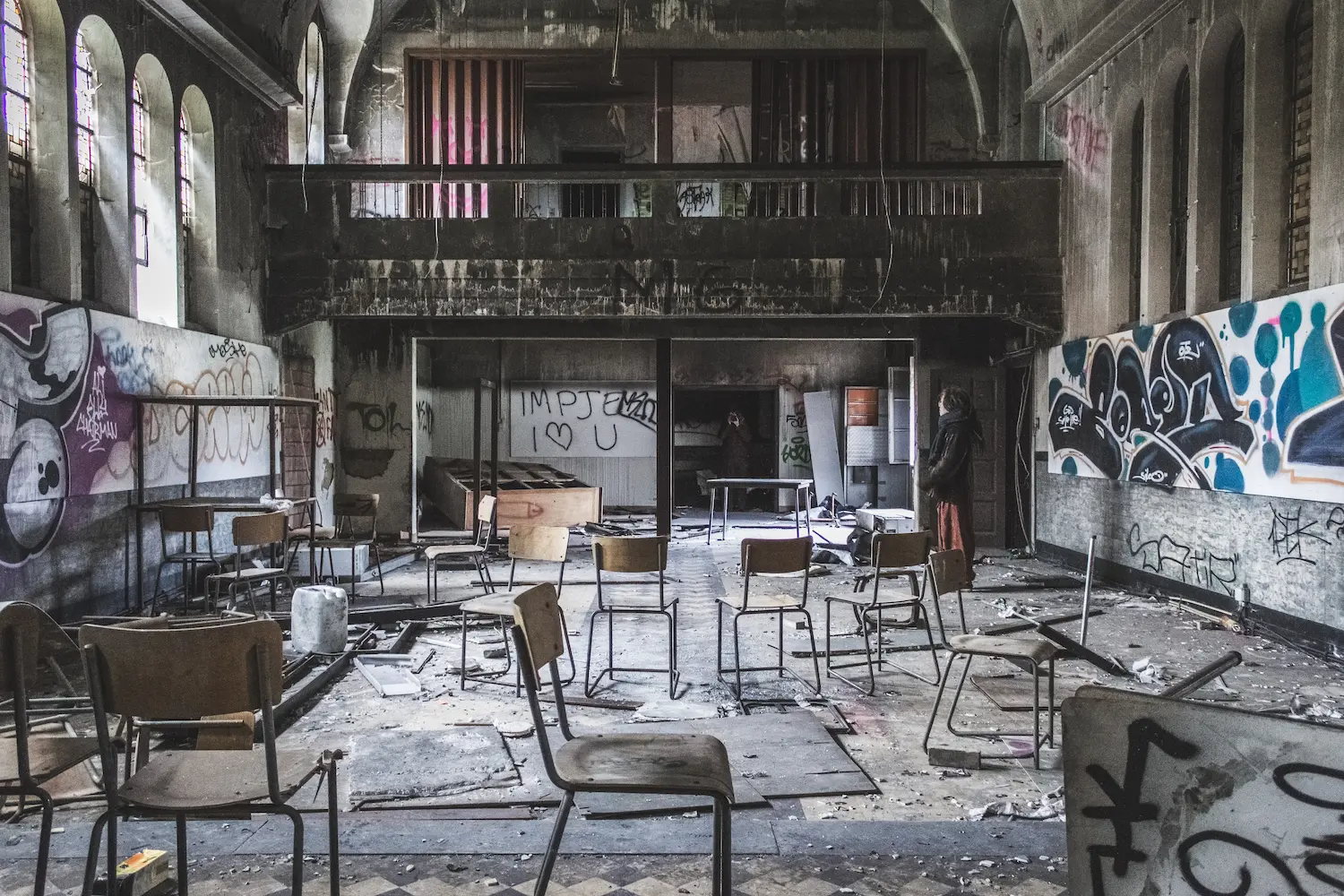
Conclusion
The Essence of Urban Exploration
Urban exploration, or ‘urbex’, is more than just a hobby; it is a journey into the unseen, a venture into the forgotten corners of our urban landscapes. It’s an activity that combines history, adventure, and a unique appreciation for the aesthetics of decay.
A Journey Through Urbex
Through this article, we have explored the various facets of urban exploration, from its essence and the lure of the abandoned to the crucial considerations of legality, safety, and ethics.
Uncovering History and Stories
We’ve seen how urban exploration opens a window to the past, allowing us to witness the layers of stories and histories that reside in abandoned spaces.
The Role of the Urbex Community
The urbex community, with its shared passion for exploration and preservation, plays a vital role in documenting and protecting these forgotten places. However, as with any adventure, it comes with responsibilities.
Responsibility and Respect in Exploration
The importance of respecting legal boundaries, prioritizing safety, and maintaining the integrity of the sites cannot be overstated.
The Unique Perspective of Urbex
For those embarking on this journey, urbex offers a unique perspective on the world around us. It’s an invitation to see beyond the obvious, to appreciate the beauty in the overlooked, and to connect with a past that is slowly fading away.
Custodians of Hidden Treasures
As urban explorers, we are not just visitors but custodians of these hidden treasures, tasked with the responsibility to explore with care and respect.
An Evolving Narrative
Urban exploration is an ongoing narrative, one that continuously evolves as cities change and new places fall into disuse. It’s a narrative that invites curiosity, demands respect, and offers endless possibilities for discovery.
A Call to Explorers
Whether you’re a seasoned explorer or just starting, remember that urban exploration is not just about the places you visit
; it’s about the perspectives you gain and the stories you become a part of.
In Closing: Embrace the Adventure of Urbex
In closing, urban exploration is an enriching experience that encourages us to look beyond the surface, to uncover the hidden stories that lie within our urban environments. It challenges us to explore responsibly and preserve these stories for future generations.
A Final Thought
So, as you venture into the world of urbex, carry with you a sense of wonder, a respect for history, and a commitment to tread lightly and thoughtfully on the paths less traveled.




